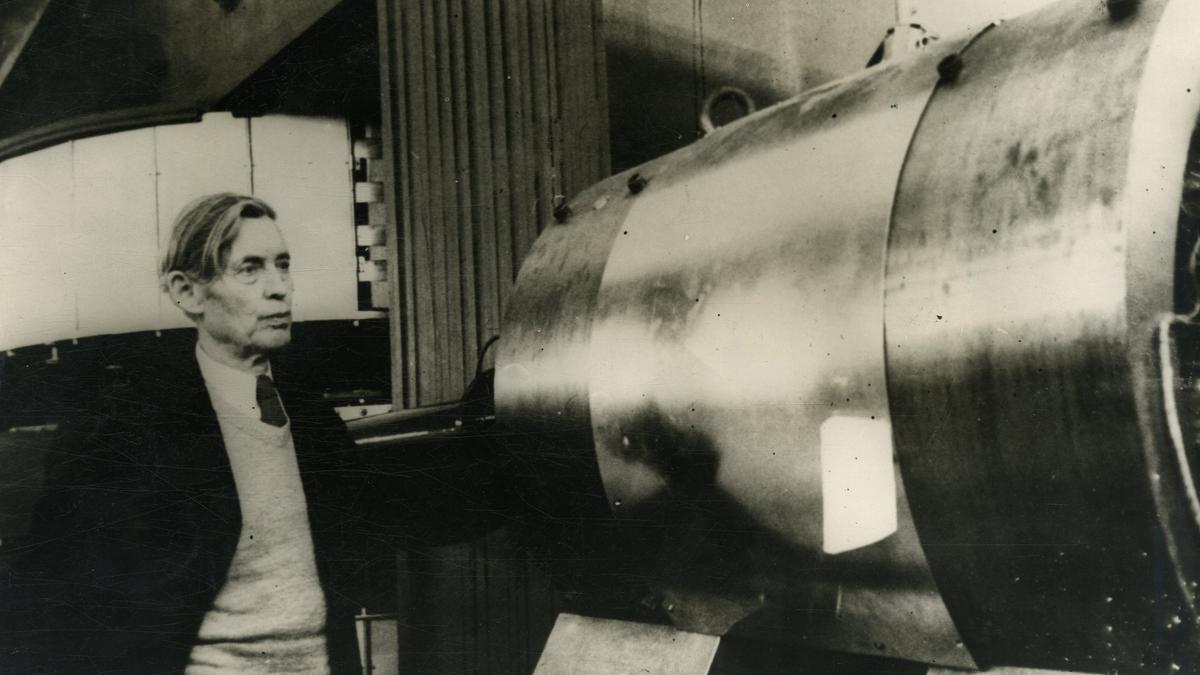[ad_1]
Now, two papers by researchers at EVA and elsewhere have provided more precise details about when the two species of humans mixed. They conclude that sapiens-neanderthalensis crossings occurred several times, but the consequences of only one such hybridisation, shortly before Neanderthals became extinct, 40,000 years ago, remain important today. This is more recent than previously thought.
One paper, in Science, looks at 334 sapiens genomes, 275 from the present and the rest between 2,200 and 45,000 years old. All show Neanderthal DNA getting into sapiens genomes over an extended period sometime between 43,500 and 50,500 years ago. Four also have signs of other such ingressions. The second paper, in Nature, looks at only seven genomes, each around 45,000 years old.
The analyses raise questions. Other work suggests Homo sapiens arrived in some places before the interbreeding dates indicated, yet the Neanderthal DNA concerned is ubiquitous outside Africa. Also, though bands of sapiens leaving Africa via Sinai might have run into Neanderthals, since this was the southern limit of that species’ range, those crossing via the straits between the Red Sea and the Gulf of Aden—believed by some to have been an important route as well—would not have done. Constructing a human migration pattern that takes account of all this, yet yields the distribution of Neanderthal DNA seen today, is tricky. But it must have happened somehow.
[ad_2]
Source link





